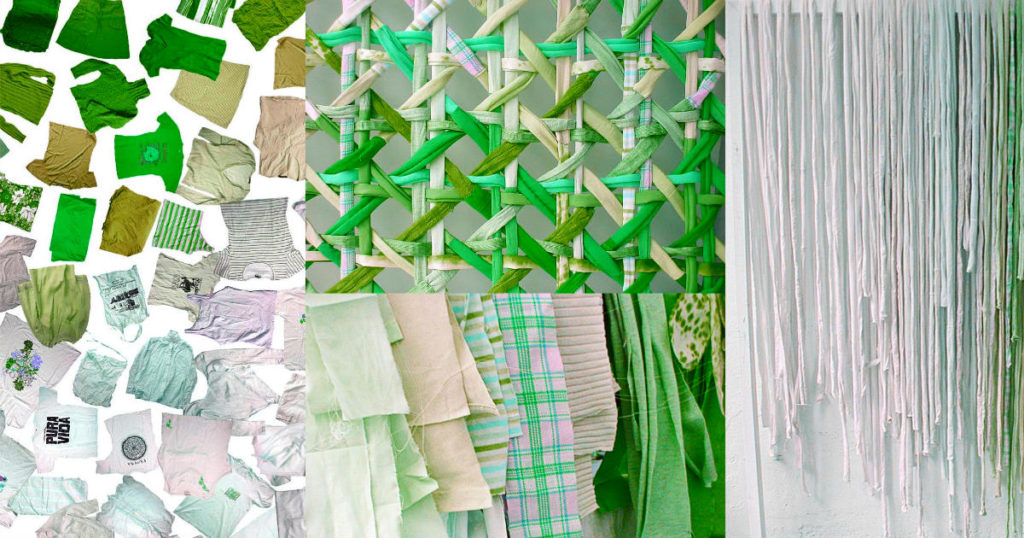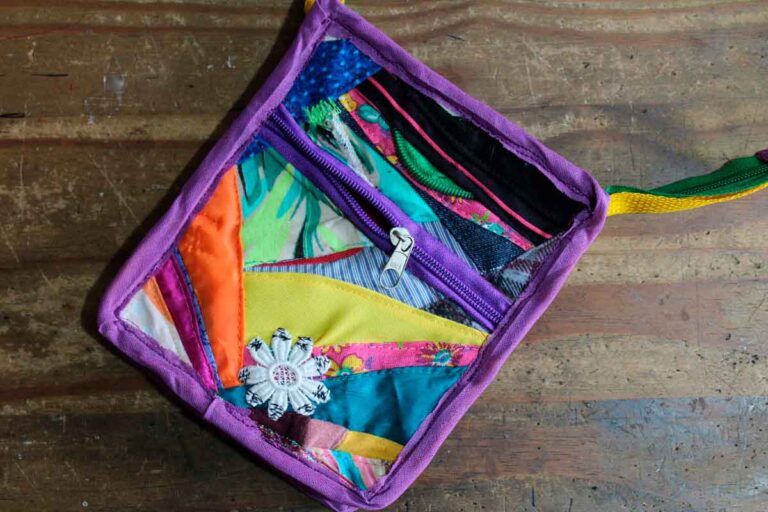Global apparel production is set to double by 2025, which poses a significant environmental challenge. Currently, around 80% of discarded fabrics end up in landfills, where they take a long time to decompose. It’s time to embrace recycling and sustainability practices as a fundamental part of fabric innovation. In this post, we explore how fabric recycling is shaping the future of the textile industry and how innovation can transform the sector.

The Problem of Discarded Fabrics
It is estimated that 50 million tons of clothing are discarded annually, creating a serious environmental problem. Fabrics mixed with waste become a “sponge” that absorbs waste, further prolonging the degradation time. In manufacturing centers such as Brás and Bom Retiro in São Paulo, 20 tons of fabric scraps are discarded daily and collected as regular trash. This situation highlights the urgent need for sustainable solutions in the textile industry.
Innovation in Fabrics: Examples of Sustainability
Refibra: A Revolution in Cellulose
Lenzing is at the forefront of industry innovation with the introduction of Refibra fiber. Made from recycled cellulose, which includes cotton and wood waste, Refibra is one of the first fibers produced on a commercial scale using high volumes of recycled materials. This advancement not only improves the quality of the fabrics, but also ensures greater transparency in the supply chain, with an identification system that guarantees the recycled origin of the fiber.
3D Knitting: The Seamless Knitting Revolution
Benetton has pioneered the innovative concept of “single yarn knitting”. This process uses a single roll of yarn to create seamless knits, reducing material waste to virtually zero. After use, the garment is returned to the store, recycled and chemically transformed into a new roll of yarn. This 3D knitting and chemical recycling technology with ionic liquid allows for infinite reuse, with the occasional addition of new yarn to maintain quality.
Traditional Approaches to Recycling and Reuse
H&M takes a more traditional but equally meaningful approach to promoting sustainability. The brand collects used clothing, regardless of brand, to give it a new life. Items in good condition are distributed as second-hand, while damaged fabrics are turned into cleaning cloths or used as upholstery materials in the construction and automotive industries. In addition, buttons and fasteners are industrially recycled.
The Role of Circular Economy in the Textile Industry
The circular economy is a key concept for sustainability in the textile industry. Through research and innovation, brands are implementing practices that allow them to reuse unused materials and reduce waste. Recycling and reusing fabrics not only reduces environmental impact, but also creates new raw materials from discarded materials.
Sustainable Actions for the Brazilian Consumer
Although many fabric innovations are not yet widely available in Brazil, consumers can adopt sustainable practices:
- Wash Your Jeans Less: Reduce the frequency of washing your jeans to save water and extend the life of the fabric.
- Donate or Sell Clothes in Good Condition: Thrift stores and donations are great ways to give your clothes a new life.
- Turn Used Clothes into Cloths: Repurpose old fabrics to create cleaning cloths instead of buying new ones.
- Press and Find Out: Ask your favorite brands about their sustainability practices and demand greener options.
- Make Art with Fabrics: Use craft techniques to reuse fabrics and avoid discarding them.
Fabric innovation and recycling practices are crucial to the sustainable future of the textile industry. Adopting innovative technologies and methods can transform textile waste into new products, reducing environmental impact and promoting a circular economy. As consumers, our choices and actions also play a key role in promoting sustainability. By adopting conscious practices and supporting innovative brands, we can contribute to a more sustainable future.
Check out other interesting facts about recycling clicking here.
Learn how to make art by recycling, Click here.
Summary



